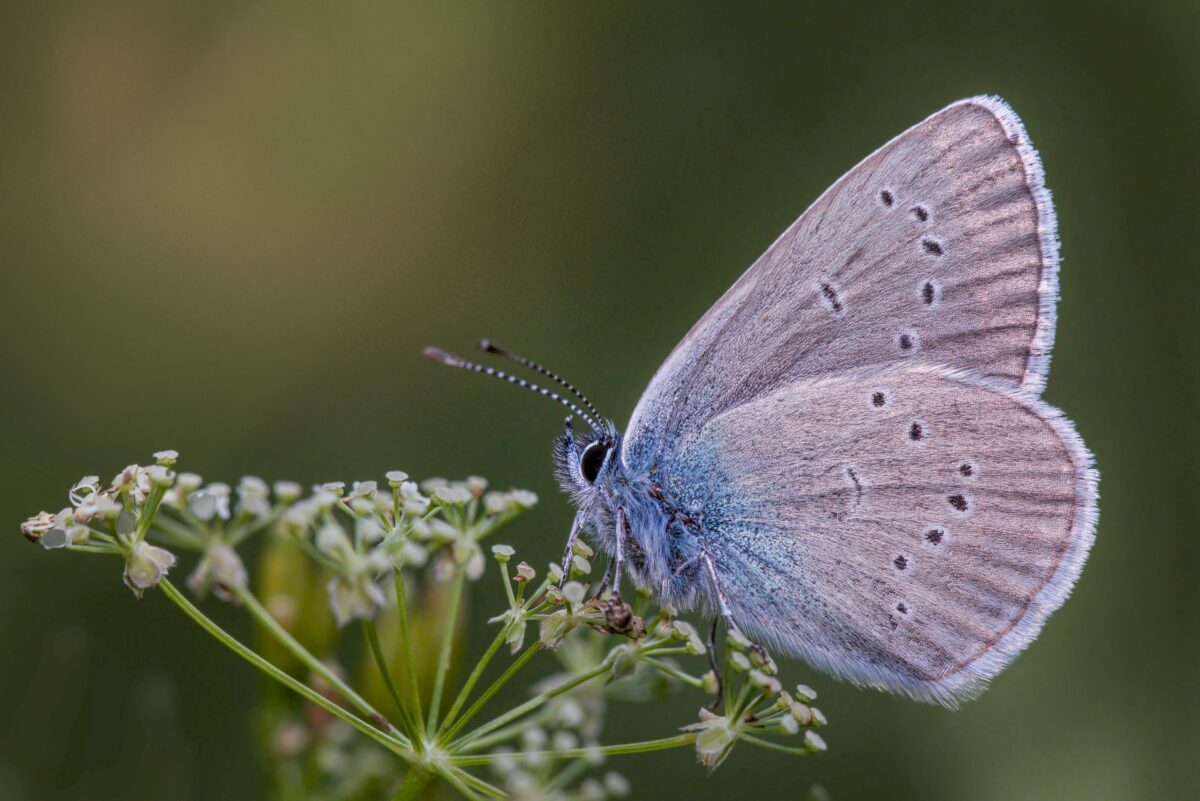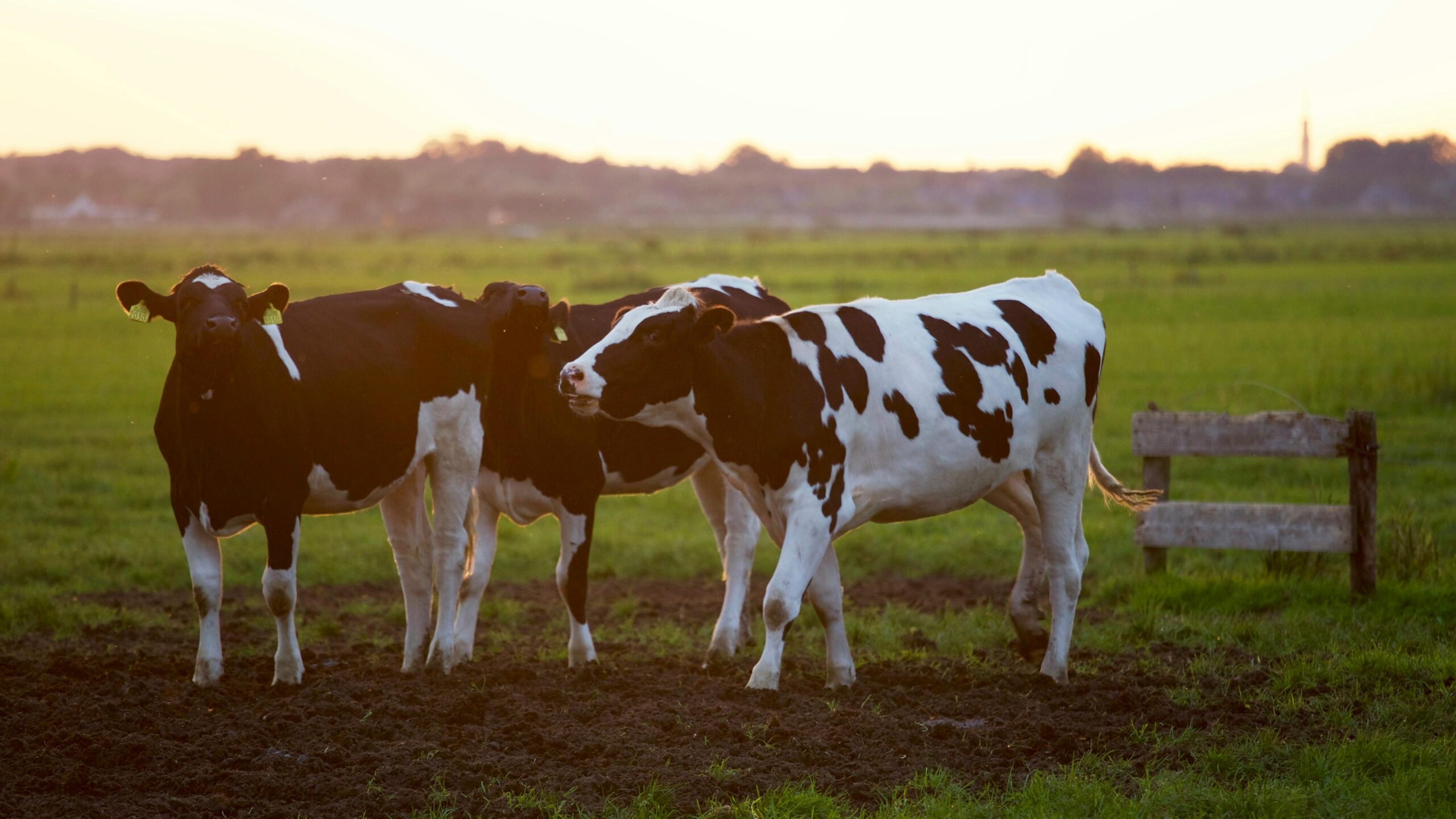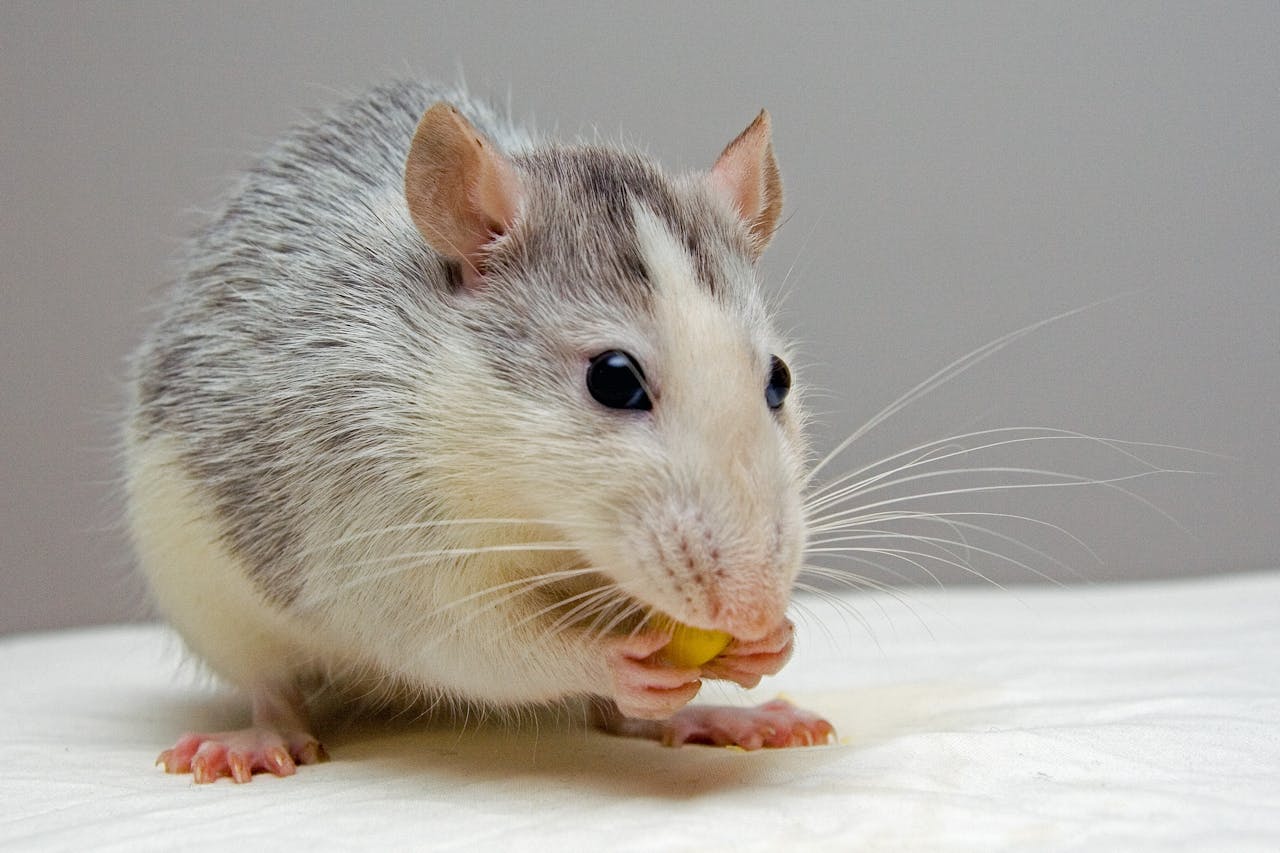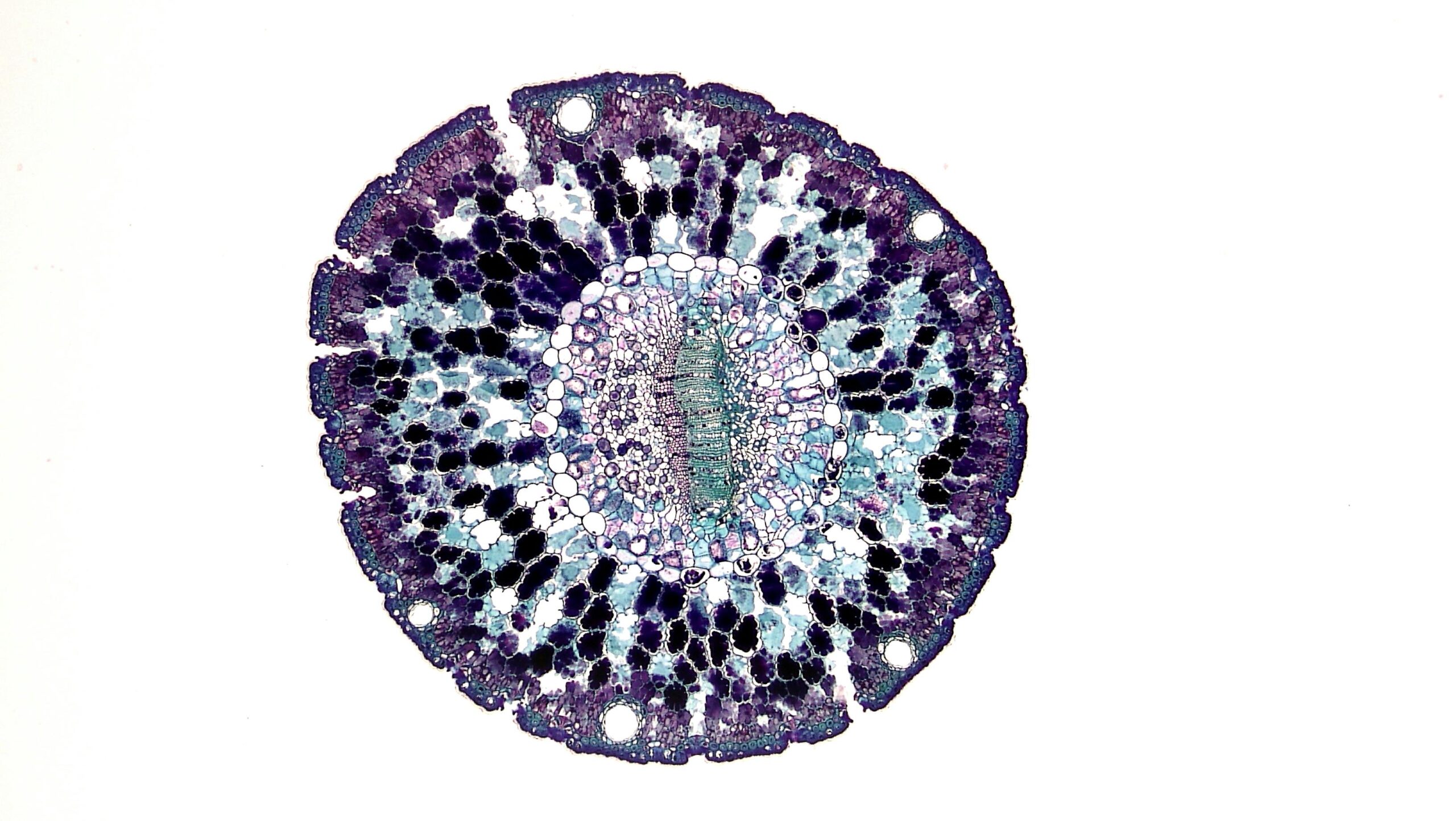For decades, scientists have recognized a simple truth: what an animal eats often dictates the length of its gut. Carnivores, with their easily digestible meat, tend to have shorter digestive tracts. Plant-eaters, on the other hand, need longer guts to break down tougher vegetation. It’s a straightforward biological rule. But what if the genes controlling this fundamental trait are engaged in a hidden battle between the sexes, even when males and females of the same species appear to have identical gut lengths?
This surprising scenario emerged from a new study on the colorful cichlid fish of Africa’s Lake Malawi, published in GENETICS. Researchers discovered that even when male and female cichlids share the same gut length, the specific genes influencing that trait can differ significantly based on the fish’s sex. This finding points to an evolutionary tug-of-war, or “sexual conflict,” playing out at a genetic level, suggesting that evolution isn’t always a direct path, but can involve complex, hidden negotiations within an animal’s very DNA.
Unraveling Genetic Mysteries in Cichlid Fish
Studying the genetic blueprint of an animal’s gut presents several challenges. Many common lab animals lack the diverse diets seen in the wild, making it hard to observe how digestive systems adapt. The gut tissue itself is also difficult to study due to its invasive sampling requirements and its high adaptability to diet and environment, which can mask purely genetic influences.
Lake Malawi cichlids, however, offer a unique opportunity. This vast African lake is an evolutionary hotbed, with hundreds of cichlid species that have rapidly diversified over a relatively short time, specializing in nearly every available food source. This incredible dietary range, combined with their close genetic relationships and suitability for lab study, makes them an ideal group to explore the genetic underpinnings of dietary adaptation. Wild observations already showed that cichlids, like other animals, exhibit gut length variations tied to their diet. This research aimed to definitively determine the genetic contribution by controlling their diet and living conditions.
How Scientists Mapped Gut Genes
To understand the genetic basis of gut length, the researchers set up laboratory colonies of 13 different cichlid species, representing various diets. All fish, including hybrids, were raised under identical conditions and fed a consistent diet. This strict control was vital to ensure that any differences in gut length were indeed genetic.
The core of the study involved a genetic experiment called an “F2 mapping cross.” Scientists selected two cichlid species as “parents”: Metriaclima mbenjii, an omnivore with a long gut, and Aulonocara koningsi, a carnivore with a shorter gut. These two species, both from Mbenji Island, diverged about a million years ago, making them ideal for comparing genetically while still showing distinct trait differences.
They bred a female Metriaclima mbenjii with two Aulonocara koningsi males. The first generation (F1) hybrid offspring were then interbred to produce a larger second generation (F2) population of 495 individuals for analysis.
At 22 weeks old, each fish was carefully dissected to measure its gut length and standard body length. To determine sex, researchers examined the gonads and used genetic markers for confirmation, resulting in 448 F2 individuals (218 females, 230 males) for the main genetic analysis.
With measurements and sex determined, the researchers conducted “QTL mapping.” QTL, or Quantitative Trait Loci, refers to specific regions on chromosomes that influence a measurable characteristic, like gut length, which is affected by multiple genes. Using specialized software, they pinpointed these genetic regions for gut length, adjusting for body size. They performed analyses on the entire F2 population and separately for each sex to identify sex-specific genetic effects.
The Surprising Role of Sexual Conflict
The study’s initial finding reinforced existing knowledge: even in a controlled lab environment, cichlid species maintained their typical gut length differences based on their diet. Carnivores consistently had shorter intestines than omnivores and herbivores, highlighting the strong genetic influence on this trait.
The truly remarkable discovery, however, came from the QTL mapping. The scientists found numerous genetic regions influencing intestinal length, and these were predominantly sex-specific. This means certain genes or genetic areas influenced gut length differently in males compared to females, even though males and females of the same species typically have similar gut lengths.
This observation strongly supports the concept of “sexual conflict” in evolution. Sexual conflict arises when the evolutionary interests of males and females diverge, leading to different selective pressures on shared traits or genes. For instance, a gene version beneficial for a male’s gut might be less so, or even detrimental, for a female’s, or vice versa. Over time, evolution might develop distinct genetic pathways to achieve a similar optimal gut length for both sexes, or it could lead to different “ideal” gut lengths if one sex consistently faces unique dietary challenges.
In Lake Malawi cichlids, “maternal mouthbrooding” likely contributes to this sexual conflict. Female cichlids incubate eggs and hatchlings in their mouths, preventing them from eating for extended periods. This repeated self-imposed starvation could exert different evolutionary demands on the female digestive system compared to the male’s, even if their typical gut lengths are similar outside of breeding.
The study also identified “epistatic interactions,” where the effect of one gene depends on the presence of others. This suggests a highly complex and interconnected evolutionary process for gut length. Overall, the results indicate a “complex, polygenic evolution of gut length variation”—meaning many genes contribute to this trait, sometimes acting differently in each sex, and even influencing each other. This paints a richer picture of how fundamental biological traits evolve under environmental pressures and internal genetic “conflicts.”
The revelation that an animal’s internal biology, such as its gut, can be shaped by an ongoing genetic “conflict” between sexes underscores the intricate and often hidden forces driving evolution. It illustrates that even when a trait appears identical between males and females of a species, the underlying genetic mechanisms can be vastly different, molded by distinct evolutionary pressures on each sex. This research not only enhances our understanding of cichlid biology but offers a compelling new perspective on the fundamental processes of evolution.
Paper Summary
Methodology
This study investigated the genetic basis of gut length variation in Lake Malawi cichlid fish. Researchers raised 13 cichlid species under identical lab conditions and used an F2 hybrid cross (N=495) between an omnivorous Metriaclima mbenjii and a carnivorous Aulonocara koningsi. Gut length and standard body length were measured, and sex was determined for 448 individuals. Quantitative Trait Loci (QTL) mapping was performed to identify genetic regions influencing gut length.
Results
The study confirmed that diet-specific gut length differences persist even in controlled environments. Crucially, the QTL identified for intestinal length were “predominantly sex-specific,” meaning different genetic factors influence gut length in males versus females, despite similar gut lengths within a species. This finding supports an evolutionary history shaped by “sexual conflict.” The research also identified “epistatic interactions,” suggesting a complex, polygenic evolution of gut length.
Limitations
The genetic basis of gut length variation is largely unexplored due to challenges like the lack of dietary diversity in traditional lab models, invasive sampling, and the gut’s high phenotypic plasticity. While this study controlled environmental factors, the complex polygenic nature and epistatic interactions indicate an intricate genetic architecture.
Funding and Disclosures
This Open Access article is distributed under the Creative Commons Attribution-NonCommercial-NoDerivs license (https://creativecommons.org/licenses/by-nc-nd/4.0/). All animal procedures were approved by the IACUC at North Carolina State University. No specific external funding or conflicts of interest were explicitly disclosed.
Publication Information
Title: Gut length evolved under sexual conflict in Lake Malawi cichlids Authors: Aldo Carmona Baez et al. Journal: GENETICS Volume, Issue: 2025, 230(3) Article ID: iyaf102 DOI: https://doi.org/10.1093/genetics/iyaf102 Advance Access Publication Date: 26 May 2025 Received: 06 December 2024; Accepted: 14 May 2025












